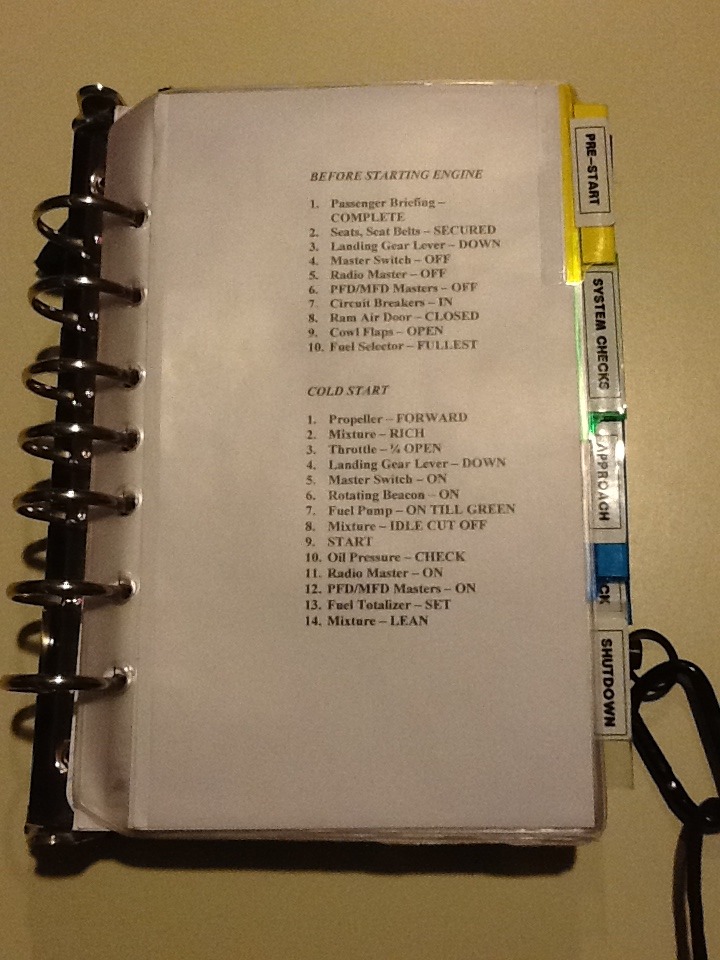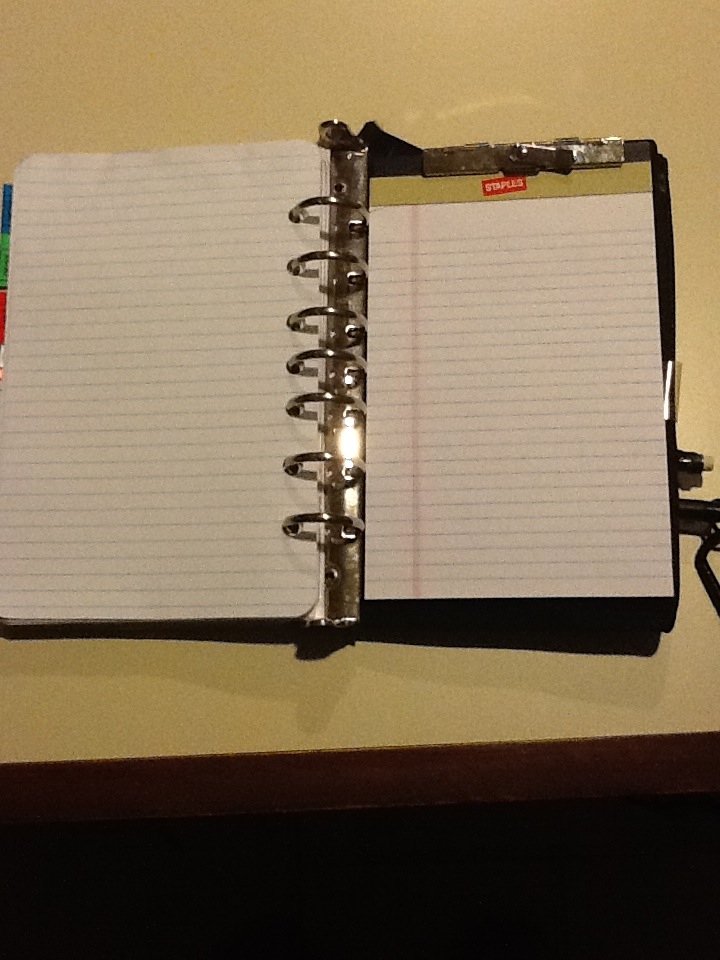DaytonaLynn
Line Up and Wait
- Joined
- Aug 29, 2012
- Messages
- 697
- Location
- Sugar Land Texas
- Display Name
Display name:
One who misses Daytona!
I'm trying to assemble some kind of way to have the best resource management while in the cockpit alone.
Using a backpack, doesn't seem efficient or safe for IFR. Having everything thrown in a bag does not seem efficient either. So I'm just seeing how the IFR bag should be set up.
I am sure there are a different way for every pilot, but probably some commonality.
Thanks
Lynn
Using a backpack, doesn't seem efficient or safe for IFR. Having everything thrown in a bag does not seem efficient either. So I'm just seeing how the IFR bag should be set up.
I am sure there are a different way for every pilot, but probably some commonality.
Thanks
Lynn



